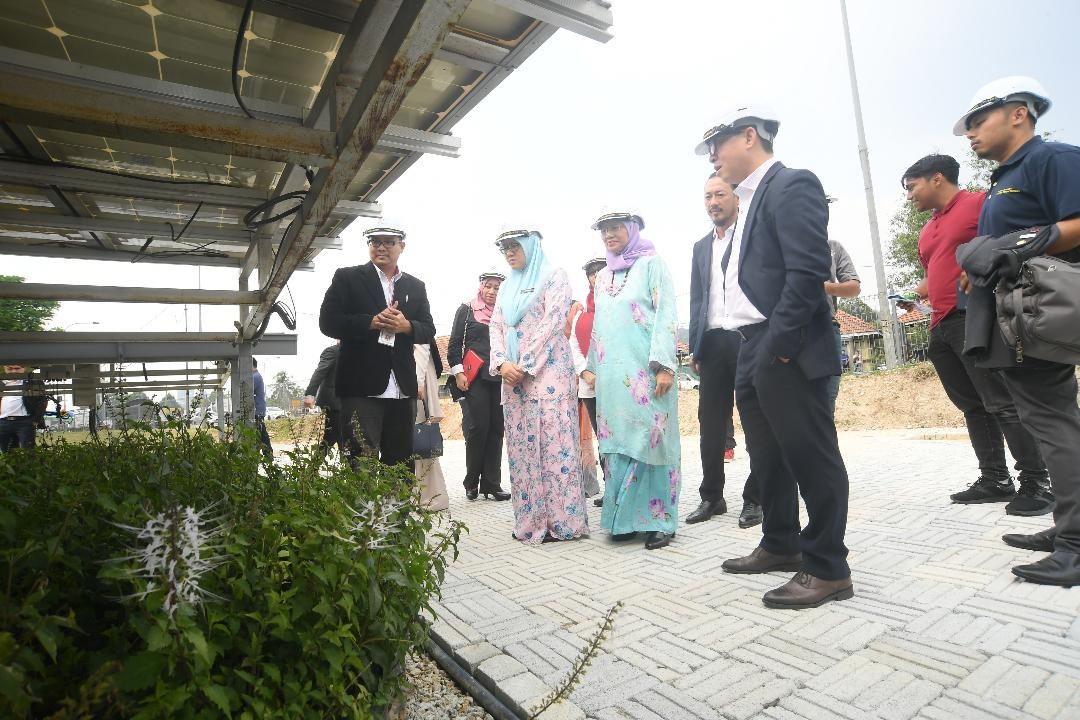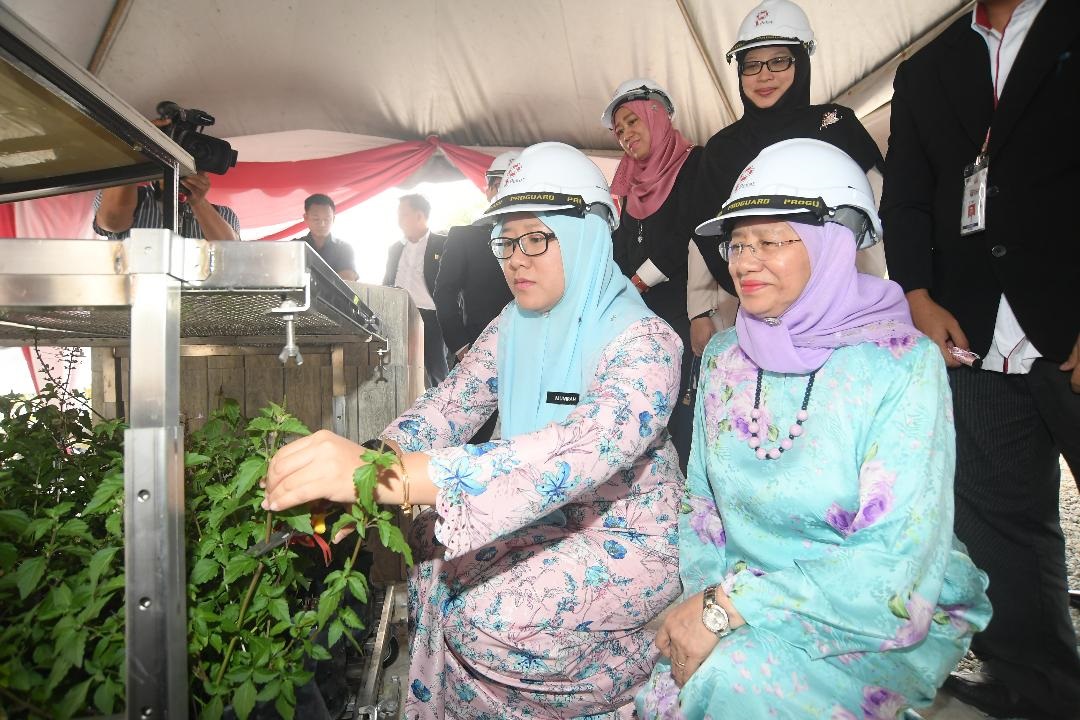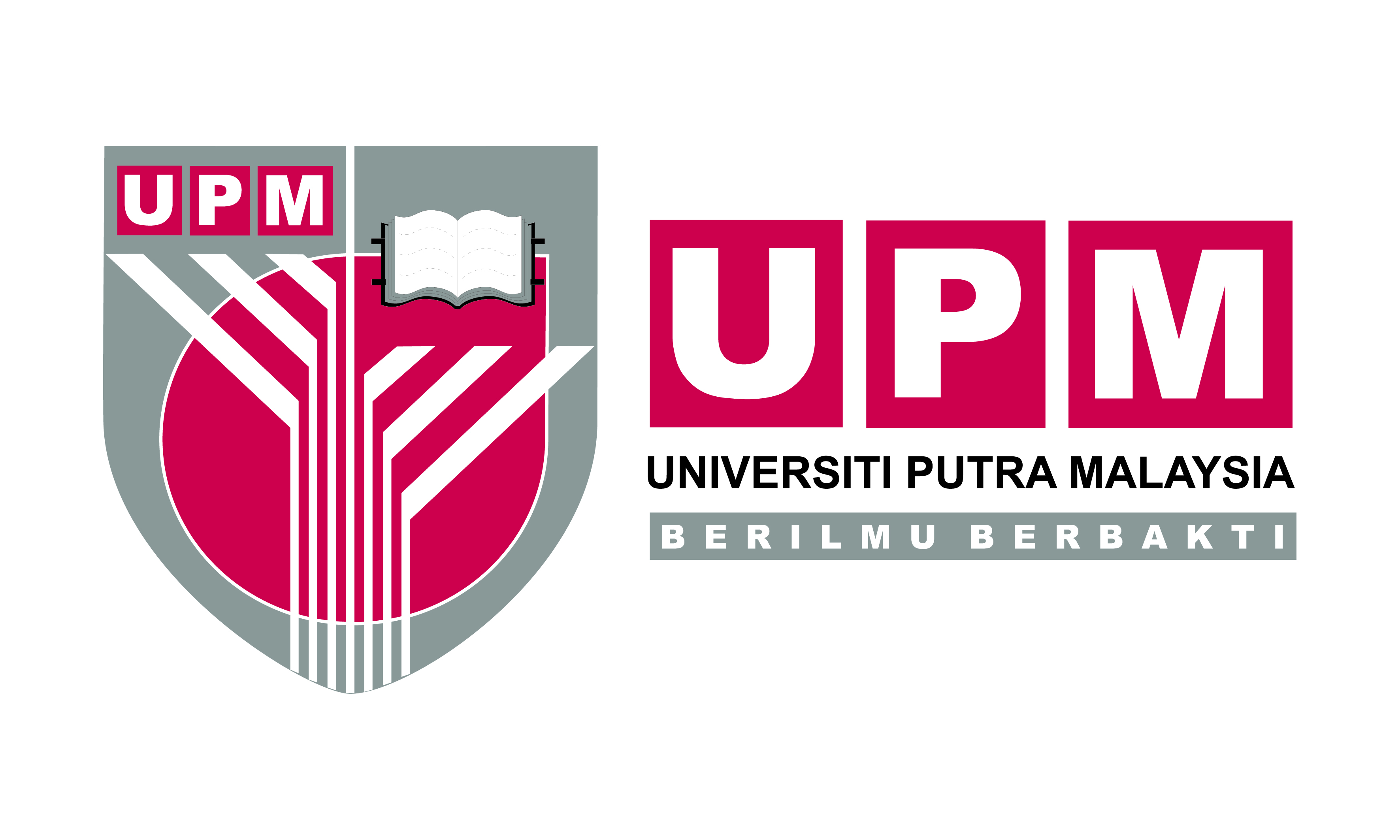By: Azman Zakaria
Photo: Noor Azreen Awang

SERDANG, March 20 - UPM researchers succeeded in developing racks for agricultural activities and drying of harvested crops by placing the racks under Photovoltaic (PV) structures at PV solar farms.
The planting tool, known as ‘A Retractable Drying and Planting Rack for AgroPhotovoltaics Farm’, is made of stainless steel and has two racks. The lower rack is for planting purposes, while the upper rack is for drying the harvested crops.
To ensure that no power outages (DC) occur as a result of the PV generator, only suitable crops such as Misai Kucing and Green Chireta are cultivated.
As a result of this innovation, farmers are only required to arrange the seedlings on top of the lower rack and move the wheeled equipment under the PV solar, without having to move under the PV solar structure.
Meanwhile, for harvesting purposes, farmers are only required to pull out the equipment. The harvested crops are then kept on the upper rack and are wheeled back and kept under the PV solar for the wilting and drying process.
Ir. Dr Mohammad Effendy Ya’acob, the head researcher from the Faculty of Engineering in UPM, said the in-situ withering/drying process is done by harvesting the dissipated heat energy from the lower surface of the PV panel. The dried harvested products are then transported to the factory to manufacture tea and packed for retail.
He said ‘A Retractable Drying and Planting Rack for AgroPhotovoltaics Farm’ is a farming tool that utilises the unused space in Solar PV farms to optimise the use of soil.
Consequently, he added that the cost of building the structures is negligible or at a minimum, due to the existing infrastructures in the PV farms.
According to him, the PV structures relatively become a direct sun shading mechanism which protects the crops from the negative effects of climate change such as droughts, storms, downpours and hails, but this condition is also heavily dependent on crop sustainability and shade tolerance.

Furthermore, he said the heat absorption process in green plants that occurs naturally if they are kept under the PV structures would also reduce the temperature of the PV cell, which would then increase the efficiency of the power supply.
Other benefits of the equipment include no additional cost for the PV structure, monetary rewards on unused space, while the installation and operation process are easy and use green innovation.
“The concept of AgroPV Farms also promotes green energy initiatives which reduces carbon emission,” he commented.
This innovation was first developed in 2015 and was aided by Dr Ahmad Suhaizi Mat Su and Noor Fadzlinda Othman from the Faculty of Agriculture in UPM. It was carried out in the Hybrid AgriVoltaic System (HAVs) Project and had produced by-products such as Java Tea PV and HAVs TEY.
This project was also supported by Pekat Solar Sdn Bhd who signed a Memorandum of Understanding (MoU) and had given RM60,000 to UPM to develop this innovation.
During the MoU Signing Ceremony, UPM was represented by Prof. Datin Paduka Dato’ Dr. Aini Ideris, while Pekat Solar was represented by Mr. Chin Soo Mau, the Managing Director of Pekat Group of Companies. The Ceremony was witnessed by YB Isnaraissah Munira Majilis, the Deputy Minister of Energy, Science, Technology, Environment and Climate Change- UPM






